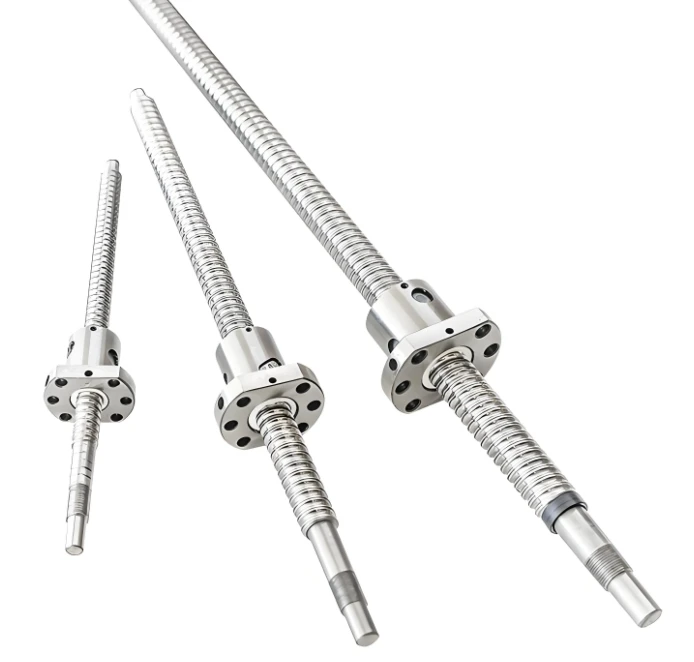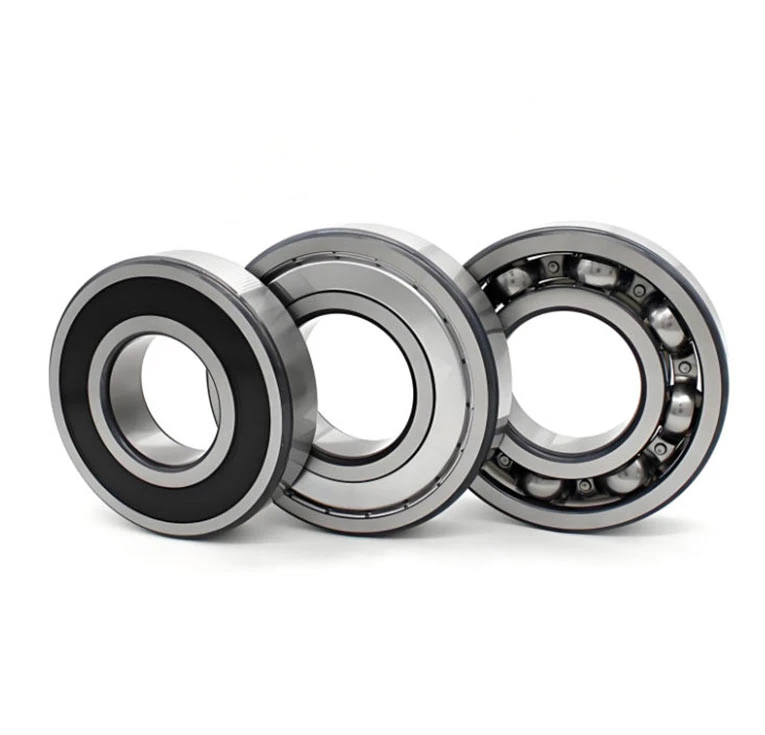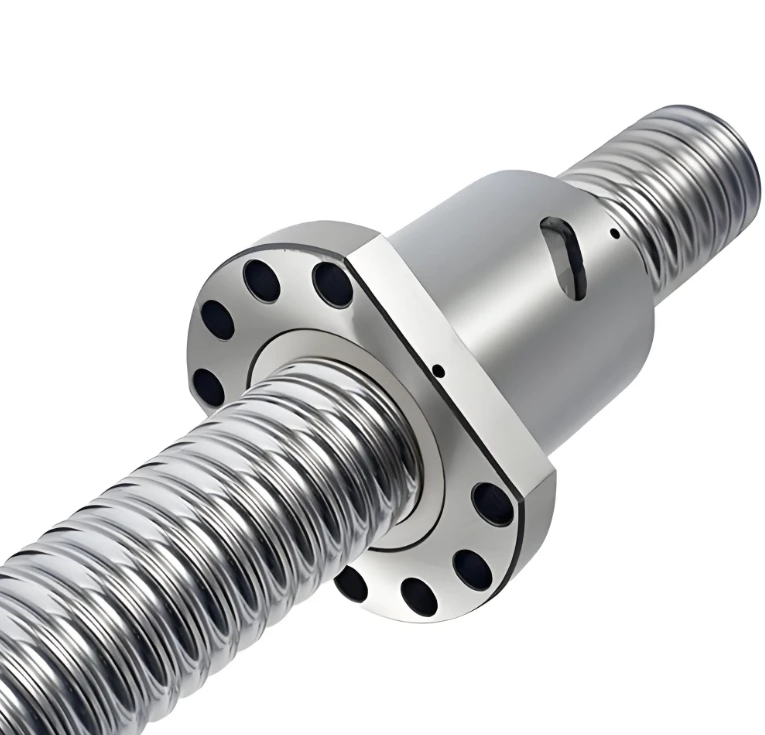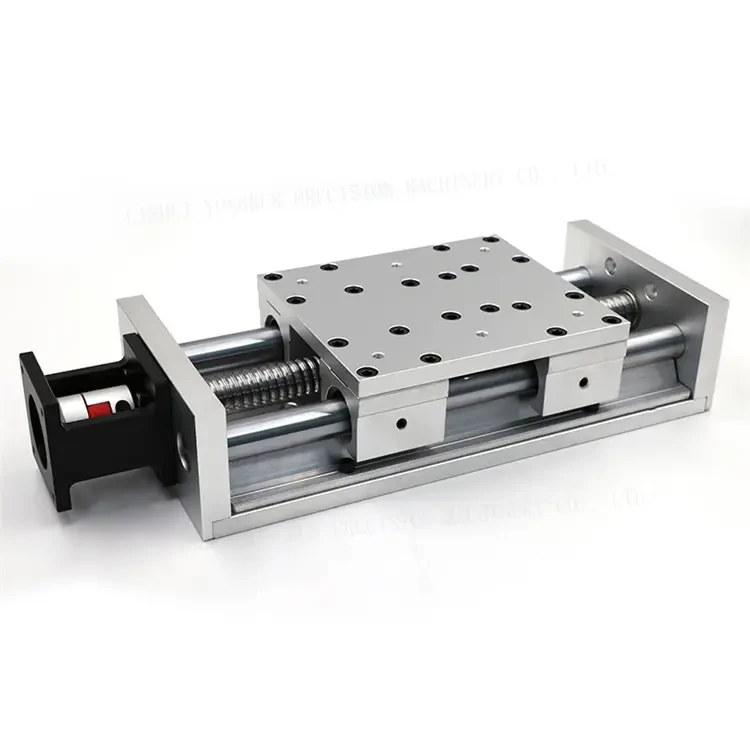
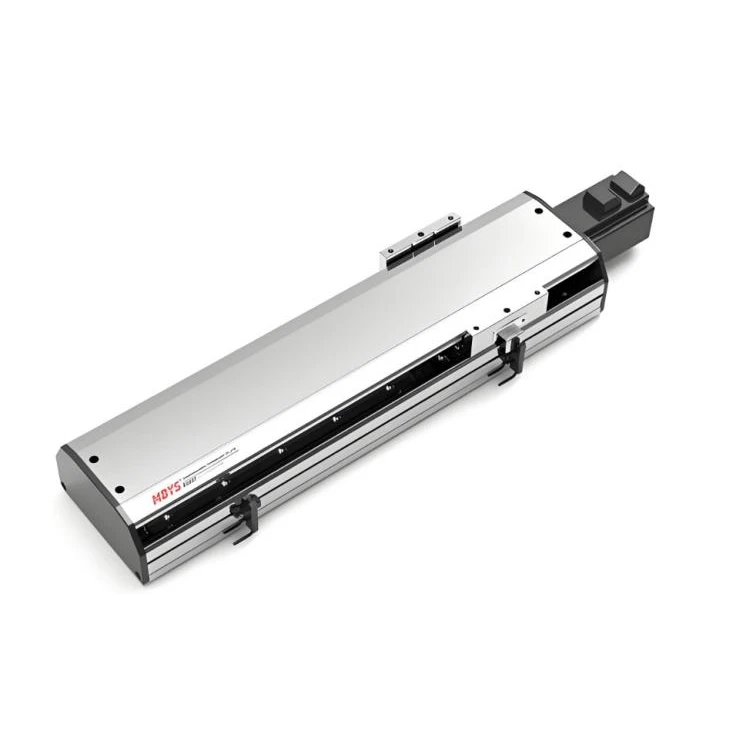
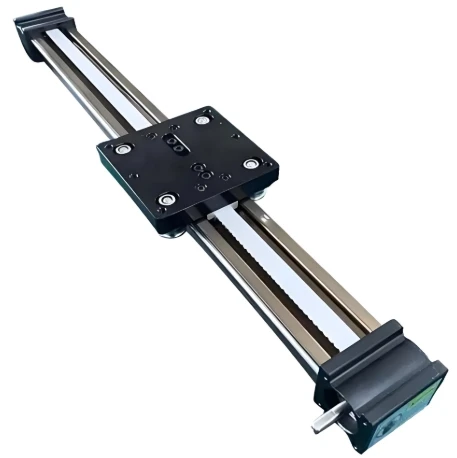
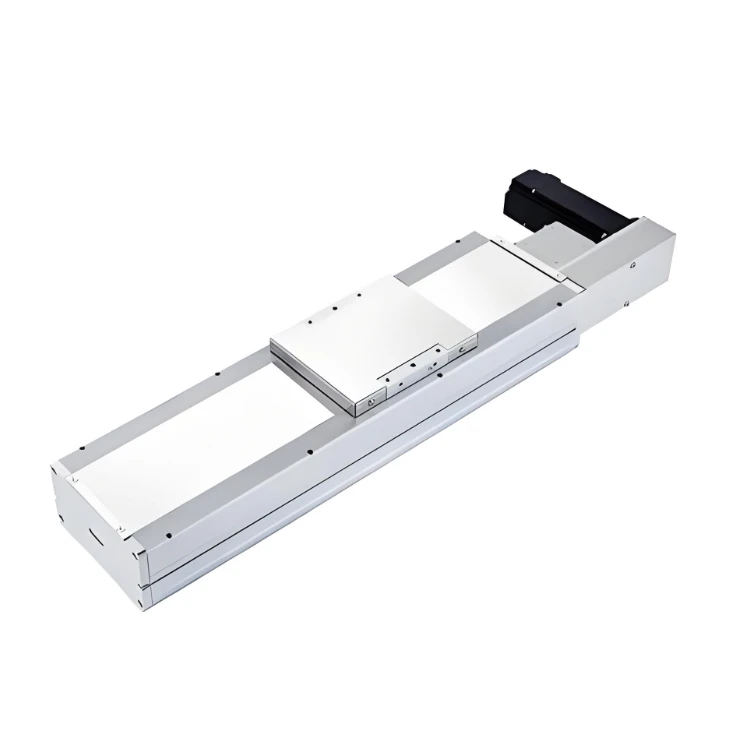
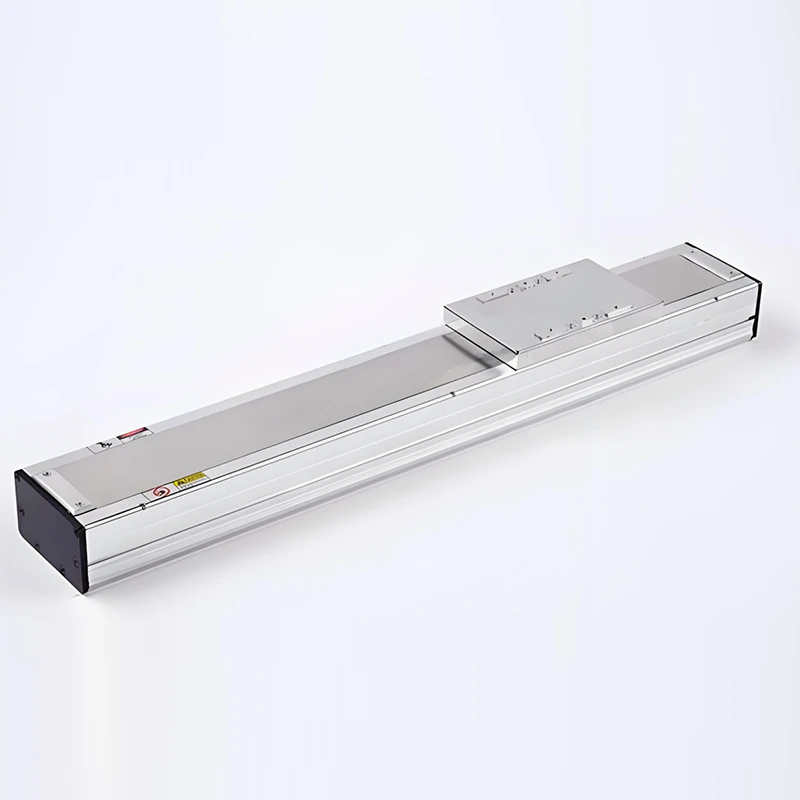
Versatile Linear Actuators for Clean, Precise, and Quiet Linear Motion
A linear actuator is a device that converts rotational motion into straight-line (linear) motion. It is commonly used in automation systems to push, pull, lift, or position loads with precision and control. Linear actuators are essential components in industries such as automotive, medical, agriculture, furniture, robotics, and industrial automation.
Typically powered by electric motors, linear actuators consist of a motor, a lead screw or ball screw mechanism, and a sliding shaft. When the motor rotates, the internal screw drives the shaft forward or backward, creating controlled linear movement. Advanced models may also include position feedback, limit switches, or integrated controllers for enhanced accuracy and automation.
Electric linear actuators offer several advantages over hydraulic or pneumatic systems: they are cleaner, quieter, easier to install, and require less maintenance. They can be customized for speed, stroke length, and load capacity, making them highly versatile for various applications—from adjusting hospital beds and solar tracking systems to operating valves and industrial machinery.Linear actuators are available in compact designs for space-sensitive setups, as well as heavy-duty versions for high-load applications. Housing materials typically include aluminum or stainless steel, ensuring durability in both indoor and outdoor environments.









